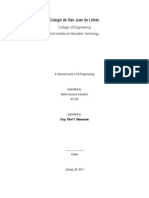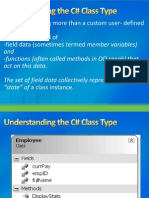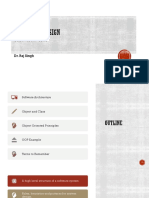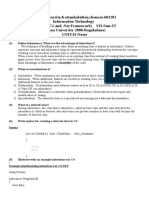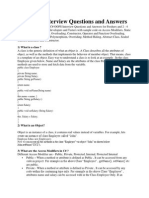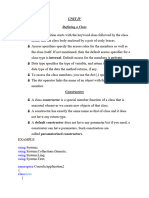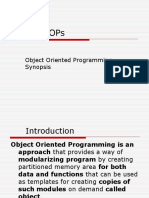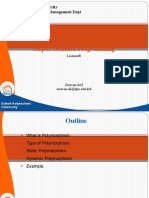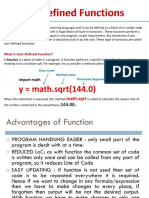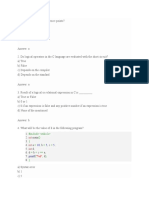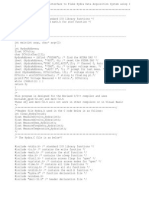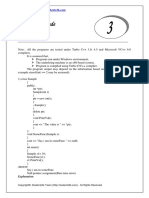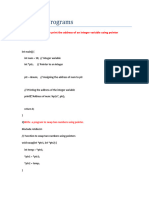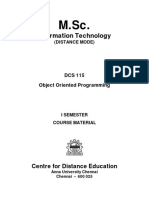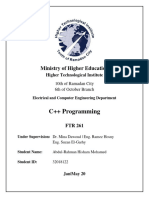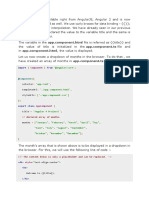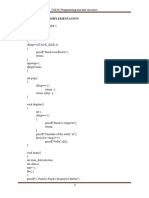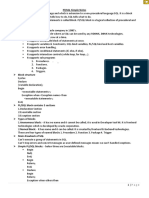0% found this document useful (0 votes)
72 views8 pagesInheritance: Contents Are Just Points. They Will Act As Guidelines To Expand While Writing Answers
This document discusses object-oriented programming concepts like inheritance, polymorphism, abstract classes, and interfaces. It provides code snippets to demonstrate these concepts. Inheritance allows code reuse and extensibility. Polymorphism is achieved through virtual functions and late binding. Abstract classes contain generic features and can have abstract and non-abstract methods, while interfaces define common behaviors without implementation.
Uploaded by
pinkusingCopyright
© © All Rights Reserved
We take content rights seriously. If you suspect this is your content, claim it here.
Available Formats
Download as PDF, TXT or read online on Scribd
0% found this document useful (0 votes)
72 views8 pagesInheritance: Contents Are Just Points. They Will Act As Guidelines To Expand While Writing Answers
This document discusses object-oriented programming concepts like inheritance, polymorphism, abstract classes, and interfaces. It provides code snippets to demonstrate these concepts. Inheritance allows code reuse and extensibility. Polymorphism is achieved through virtual functions and late binding. Abstract classes contain generic features and can have abstract and non-abstract methods, while interfaces define common behaviors without implementation.
Uploaded by
pinkusingCopyright
© © All Rights Reserved
We take content rights seriously. If you suspect this is your content, claim it here.
Available Formats
Download as PDF, TXT or read online on Scribd
/ 8








